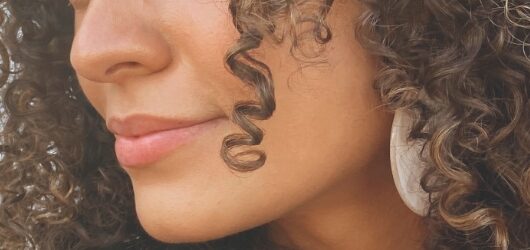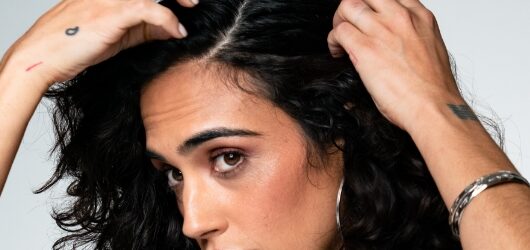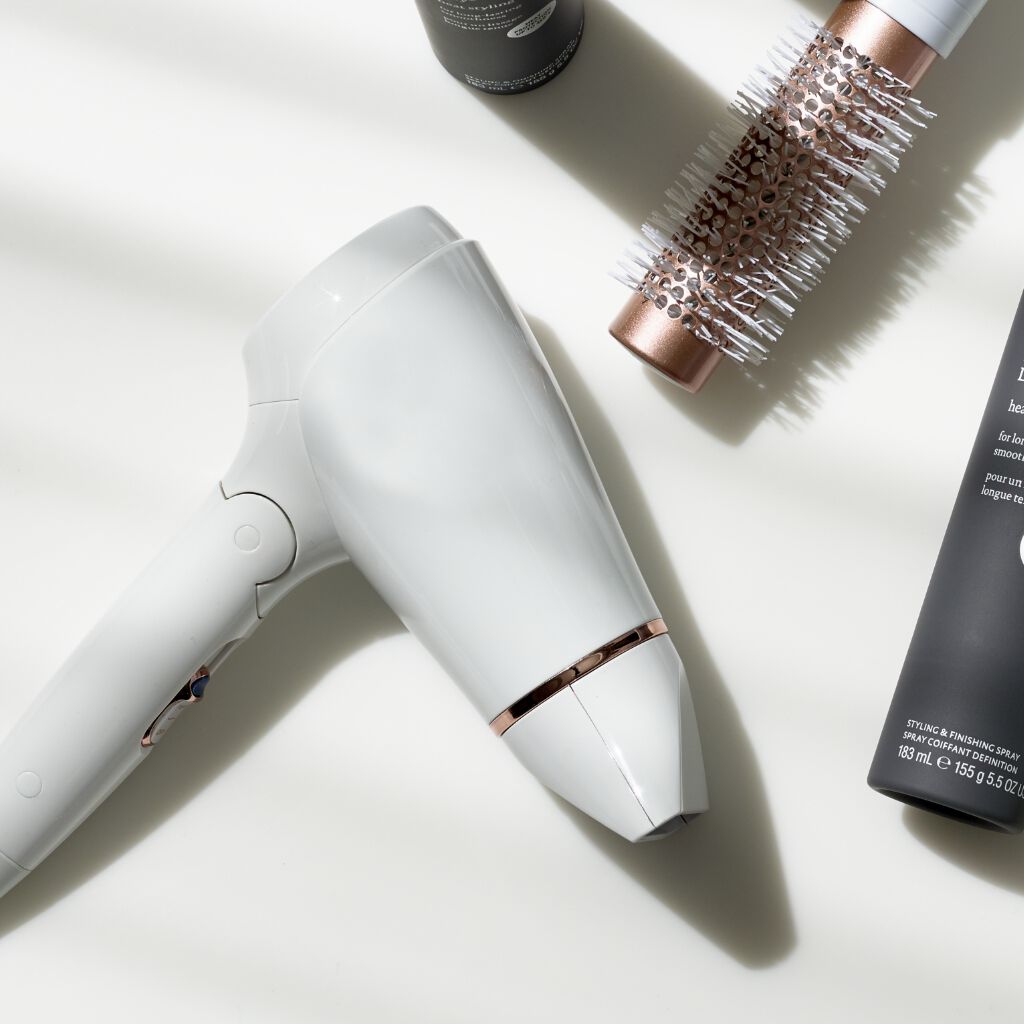
Is Blow Drying Bad for Your Hair? Debunking Myths & Revealing Truths
Blow dryers are made not only to dry your wet hair but also to help you style your strands in a way that complements your hair type. Whether your natural hair is sleek and straight or full and curly, hair dryers can cut down on drying time or transform your texture.
Yet you might wonder how well your heat tool is doing the job if your hair doesn’t feel hydrated and smooth once you’re done.
So, is blow drying hair bad? What about air drying as an alternative?
While blow drying can cause damage and breakage, small changes in your haircare routine, such as incorporating a heat protectant spray, can help you maintain healthy strands. Some experts say that proper blow drying is actually a better option than air drying.
Below, we’ll discuss the instances in which blow drying can be damaging and provide you with some tools and alternatives to help you preserve your hair health — backed by hair science.
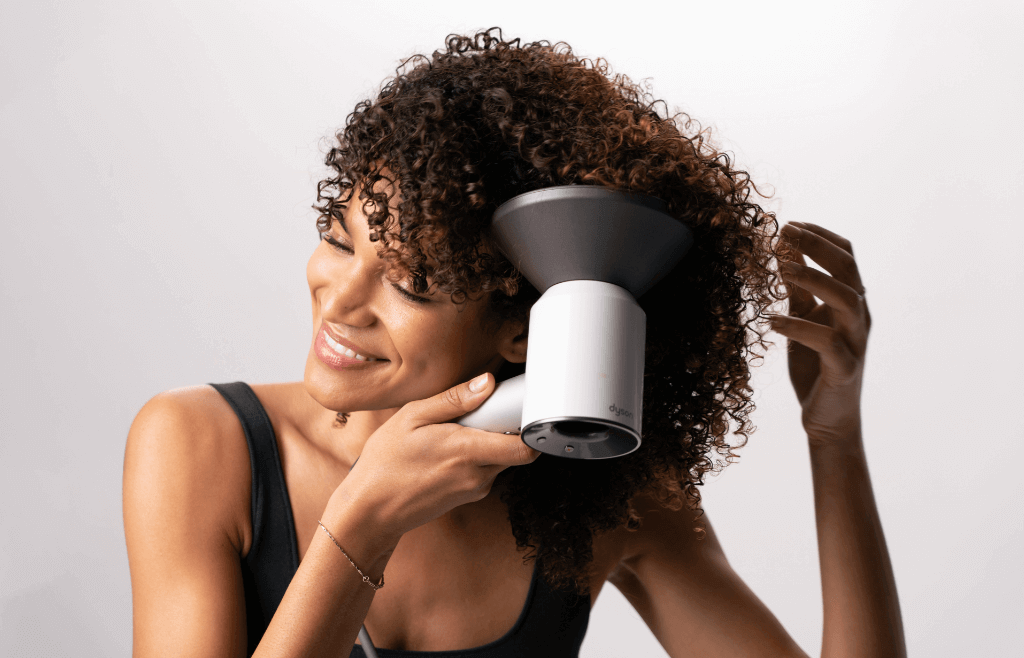
Hair Anatomy & The Science Behind Drying
There are three layers that make up each strand of hair; the medulla, cortex, and cuticle. They all contribute in their own way to the overall health and look of hair.
- Medulla is the innermost layer, only found in thicker strands
- Cortex is the central layer of hair, contributing to the strength, shine, color, and texture
- Cuticle is thin and colorless, on the outermost layer, responsible for shielding
- While many people describe the cuticle as overlapping cells, like shingles on a roof, it is far more complex. The cuticle consists of multiple layers. The outermost layer, which is most easily damaged, is the f-layer. This is a layer of lipids (think “f” for “fatty”) that helps hair repel water and prevent frizz.
- Underneath the f-layer are three layers of protein-rich cells held together by the cell membrane complex (CMC). The CMC is like cement holding the cuticles together.
The cuticle surrounds and protects the cortex. This layer is what contributes much of the structural properties of hair. The cortex is made up of bundles of keratin protein strands and is also where melanin pigments are located. These granules give hair its color.
The medulla is the innermost layer of the hair. Not all hair fibers have one. Generally, a medulla is found in people with thick or coarse hair types. Fine hair and blonde hair generally don’t contain a medulla.
Hair generally contains about 10-15% water. Increased water content — meaning any time your hair is wet — can have a significant impact on hair, causing swelling of the cuticle, ease of deformation, and increased frizz. That’s important to remember when we talk about drying hair in a timely fashion.
Blow Drying vs. Air Drying: What’s the Difference?
Many people reach for the blow dryer if not daily, then on special occasions when styling hair. Roughness, dryness, and even loss of color can happen if the hot tool is not used mindfully.
However, studies that have compared blow drying vs air drying – in which wet hair is simply left to dry naturally – actually favor the use of some heat. Although a hair dryer can cause more surface damage than the alternative, continually moving the device while keeping six inches away from hair tresses was found to be less damaging than the air-drying method.
Air drying hair can take hours, and during that time researchers found strands to swell with water and become damaged from prolonged exposure. When it becomes weighed down, hair will stretch and become misshapen.
There are pros and cons to each method, considering factors such as convenience, hair type, and desired outcomes.
Common Misconceptions About Air Drying vs. Blow Drying
Understanding hair science to make informed decisions about your own haircare is important. That includes debunking myths and misconceptions. Here are some of the most common:
- Misconception: “Air drying is always the better choice when it comes to hair health.”
- Truth: Studies show that the more time strands of hair stay wet, the more susceptible they are to stretching and other damage. Using a hair dryer in constant motion, and an appropriate distance from hair, can sometimes be healthier for hair in the long run, depending on hair type. Don’t forget to use a heat protectant before reaching for the blow dryer.
- Misconception: “Blow drying always causes severe damage to hair.”
- Truth: Hot tools can certainly become damaging — and fast. But when used thoughtfully, hot tools are not always synonymous with rough texture, dryness, dullness, and other unwanted qualities.
- Misconception: “Blow drying just leads to frizz.”
- Truth: Using a heat protectant spray and proper technique — six inches away from the hair for 30 seconds at a time — will help you achieve a fresh look without the frizz.
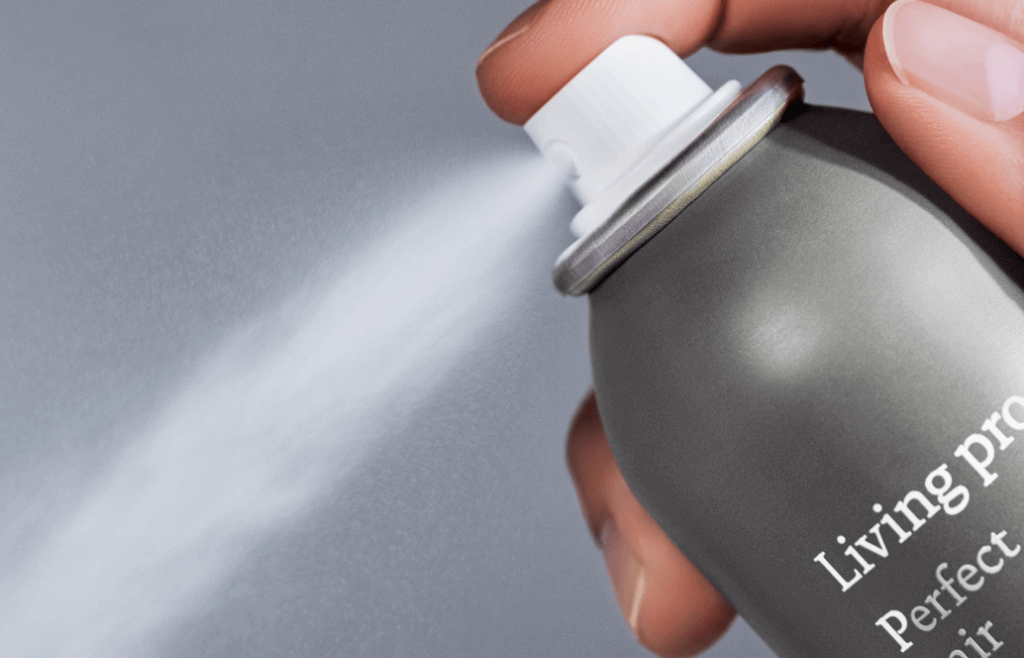
Does Blow Drying Your Hair Damage It?
Put simply, blow drying your hair correctly is not likely to cause serious damage – just make sure to use a heat protectant. Hot tools can do a number on hair, both immediately and over time. The side effects of heat damage are visible in appearance – frizz, roughness, and dryness – as well as the overall vitality of hair. Be sure to incorporate repairing products, such as the Triple Bond Complex. Our weekly hair mask will make hair eight times stronger against grooming breakage and more resistant to future damage.
5 Questions to Identify Blow-Drying Missteps
Here are some questions to ask yourself while you take stock of your products and methods, and deduce what needs to change to achieve your hair goals:
#1 Are You Using a High-Quality Hair Dryer?
Although high-quality hair dryers usually come with a heftier price tag, they’re less likely to damage your hair and bring a few special attributes along with them. For one, they’re often able to distribute heat more evenly, which helps to dry your hair faster. The quicker your wet hair dries, the less time you need the heat on it.
A top-of-the-line blow dryer may also seal in moisture. Consider looking for a ceramic model. These use infrared heat to pass through the hair shaft, drying from the inside out and preserving the hair’s shine.
#2 Are You Sectioning Your Hair?
If you’re using a blow dryer without a specific action plan, chances are it’s going to take longer—and you’ll use more heat on your hair in the process. This can lead to brittle hair and frizz.
To avoid this, you can separate your hair into small sections that are easier to dry so you can steer clear of excess heat and further damage.
#3 Are You Detangling Your Hair Before Blow-Drying?
Pulling on your hair with a brush while blow-drying can break off the ends of your strands. It can also stretch the hair shaft and lead to fracture.
Instead, detangle your hair before blow-drying by using a wide-tooth comb or hair pick. Start at the bottom and work your way up so that you’re addressing the lowest tangles first.
#4 Are You Using a Brush Designed for Your Hair Type?
Every hair type is unique, and that’s why it’s important to use a brush designed to work with your specific texture and hair density. Many people blow-dry their hair with a brush that isn’t for their hair, which can sometimes cause breakage.
Do some research on your hair type or ask your hairstylist what type of brush they recommend for you.
#5 Are You Using Heat Protectants?
Using products specially made to protect hair from heat damage is not a new concept.
However, knowing which products work best for your hair type and how much to use is a different story. A heat protectant or leave-in conditioner can do wonders for preventing further heat damage whether your goal is to speed up the drying process or transform your hair texture. Consider trying our Restore Perfecting Spray and PhD Heat Styling Spray to protect your hair from heat. Many of our styling treatments, including the ones in our collection of hair repair products, offer built-in heat protection, so you can protect and style your hair simultaneously.
7 Expert Tips for Safe & Healthy Blow Drying
Top stylists have some ideas to protect your hair from blow drying damage:
- Shampoo then condition your hair and use a wide-tooth comb to gently distribute product and detangle your hair.
- If you towel dry your hair, do not rub the strands. That will only cause damage through friction. Instead, gently squeeze a towel through your hair to remove excess water.
- Continue to remove water by rough drying (until hair is about 80% dry) by moving a blow dryer around your head, gently tousling and separating strands as you go.
- Separate hair into several sections to cut down on drying time, especially if hair is on the thicker side.
- Consider grabbing a round brush; it will allow you to create waves while polishing and straightening hair.
- To achieve a voluminous look, flip your hair upside down and give it a rough dry from that angle.
- Always use a heat protectant when using hot tools. For the added benefit of smooth hair, try the Perfect hair Day™ Heat Styling Spray. It works double duty by shielding damp or dry hair from damage and delivers smoothness that lasts up to 48 hours.
Dry and Style Your Hair With Confidence
After reviewing this guide, we hope that you feel confident about moving forward with your personal haircare journey. Start by comparing your existing habits and products with what your hair goals are. Want some more guidance? Take the hair quiz to solidify your perfect routine.
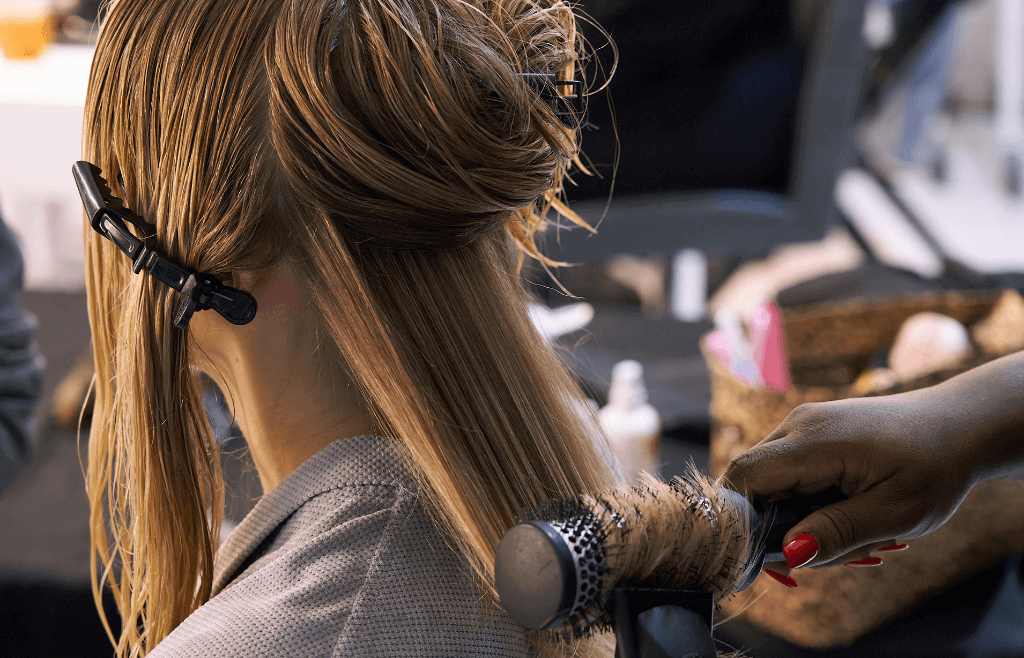

.png)
